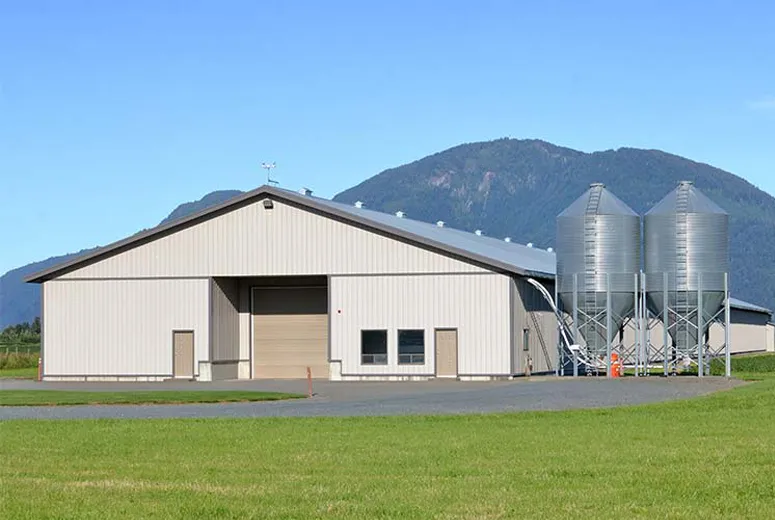- Afrikaans
- Albanian
- Amharic
- Arabic
- Armenian
- Azerbaijani
- Basque
- Belarusian
- Bengali
- Bosnian
- Bulgarian
- Catalan
- Cebuano
- Corsican
- Croatian
- Czech
- Danish
- Dutch
- English
- Esperanto
- Estonian
- Finnish
- French
- Frisian
- Galician
- Georgian
- German
- Greek
- Gujarati
- Haitian Creole
- hausa
- hawaiian
- Hebrew
- Hindi
- Miao
- Hungarian
- Icelandic
- igbo
- Indonesian
- irish
- Italian
- Japanese
- Javanese
- Kannada
- kazakh
- Khmer
- Rwandese
- Korean
- Kurdish
- Kyrgyz
- Lao
- Latin
- Latvian
- Lithuanian
- Luxembourgish
- Macedonian
- Malgashi
- Malay
- Malayalam
- Maltese
- Maori
- Marathi
- Mongolian
- Myanmar
- Nepali
- Norwegian
- Norwegian
- Occitan
- Pashto
- Persian
- Polish
- Portuguese
- Punjabi
- Romanian
- Russian
- Samoan
- Scottish Gaelic
- Serbian
- Sesotho
- Shona
- Sindhi
- Sinhala
- Slovak
- Slovenian
- Somali
- Spanish
- Sundanese
- Swahili
- Swedish
- Tagalog
- Tajik
- Tamil
- Tatar
- Telugu
- Thai
- Turkish
- Turkmen
- Ukrainian
- Urdu
- Uighur
- Uzbek
- Vietnamese
- Welsh
- Bantu
- Yiddish
- Yoruba
- Zulu
Nov . 20, 2024 14:59 Back to list
Metal Used in Building Construction An Essential Component
In the realm of construction, the integration of various materials is pivotal in ensuring the durability, stability, and aesthetic appeal of buildings. Among these materials, metal stands out as one of the most significant due to its numerous advantageous properties. From structural supports to finishing details, metals play a crucial role in modern building construction. This article explores the various types of metals used in the construction industry, their benefits, and their environmental considerations.
Types of Metals Commonly Used in Construction
1. Steel Perhaps the most ubiquitous metal in construction, steel is renowned for its exceptional strength-to-weight ratio. It is primarily used in beam and column structures, which are vital for load-bearing. Steel's malleability allows it to be formed into different shapes, making it suitable for various architectural designs. High-strength steel is particularly favored in skyscrapers and large commercial buildings where rigorous safety standards are required.
2. Aluminum Known for its lightweight and resistance to corrosion, aluminum has gained popularity in construction, especially for window frames, roofs, and siding. Its versatility allows it to be easily extruded and formed into complex shapes, which are often employed in modern architectural designs. Aluminum is also recyclable, making it a sustainable option in green building practices.
3. Copper Traditionally used in roofing and plumbing systems, copper is prized for its longevity and antimicrobial properties. Its aesthetic appeal, characterized by a distinctive patina that develops over time, adds a unique touch to buildings. Besides, copper's resistance to corrosion makes it an excellent material for areas exposed to harsh environmental conditions.
4. Zinc Another metal gaining traction in construction, zinc is often used for roofing and cladding. It is valued for its self-healing properties, which prolong its lifespan by preventing rust and corrosion. Additionally, zinc is eco-friendly, as it can be recycled without losing its properties, aligning well with sustainable building practices.
Benefits of Using Metal in Construction
metal used in building construction

The use of metal in building construction offers numerous advantages. Firstly, metals provide unparalleled strength and support, allowing for taller and more intricate designs without compromising structural integrity. The speed of construction is also enhanced, as many metal components can be pre-fabricated off-site, reducing overall project timelines.
Metals are durable, requiring minimal maintenance compared to traditional materials like wood. Most metals can withstand various weather conditions, making them ideal for long-lasting applications. Additionally, metals offer design flexibility; architects and engineers can create innovative and visually striking structures by leveraging the versatility of metal.
Environmental Considerations
Despite the benefits, the environmental impact of metal production, especially steel, cannot be overlooked. The extraction and processing of metals are energy-intensive processes, contributing to greenhouse gas emissions. However, strides are being made towards improving the sustainability of metal usage in construction. For instance, the recycling of metals plays a crucial role in reducing the environmental footprint of construction projects. Recycled steel uses considerably less energy than new steel, and it retains the same structural properties.
Furthermore, the use of metals can contribute to energy efficiency in buildings. For example, metal roofs can reflect solar energy, reducing cooling costs in warmer climates. Incorporating metals into building design can also lead to longer lifespans and less need for replacement, aligning with sustainable construction practices.
Conclusion
The integration of metals in building construction is a testament to human ingenuity and innovation. As technology advances, the types of metals used and their applications in construction continue to evolve, offering a myriad of benefits from durability to design versatility. While environmental considerations remain a crucial aspect of material choice in construction, the industry is making commendable progress towards sustainability. As we move forward, the role of metals will undoubtedly continue to be vital in shaping the buildings and structures of our future.
-
How Do Prefabricated Steel Structures Transform Modern Construction?
NewsJul.14,2025
-
How Do Prefabricated Metal Buildings Redefine Modern Construction?
NewsJul.14,2025
-
How Do Prefab Insulated Metal Buildings and Steel Structures Revolutionize Modern Construction?
NewsJul.14,2025
-
How Do Pre - Engineered Steel Structures Redefine Modern Construction?
NewsJul.14,2025
-
Advancing Modular Construction with Prefabricated Metal Structures
NewsJul.14,2025
-
Advancing Industrial Infrastructure with Prefabricated Steel Solutions
NewsJul.14,2025
Products categories
Our Latest News
We have a professional design team and an excellent production and construction team.












